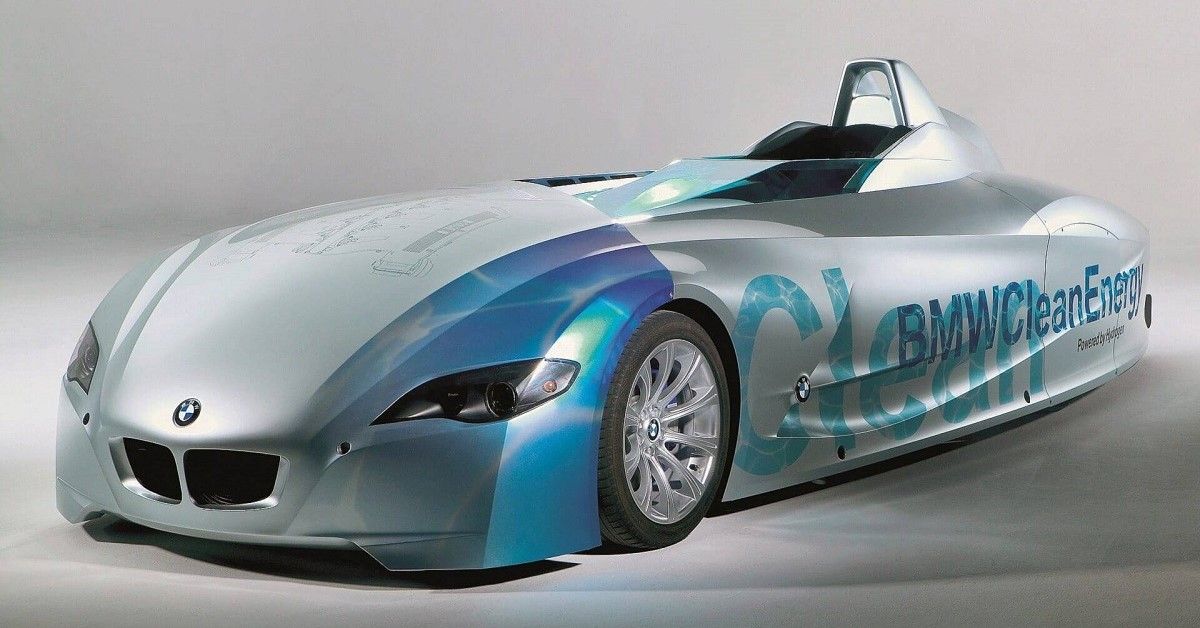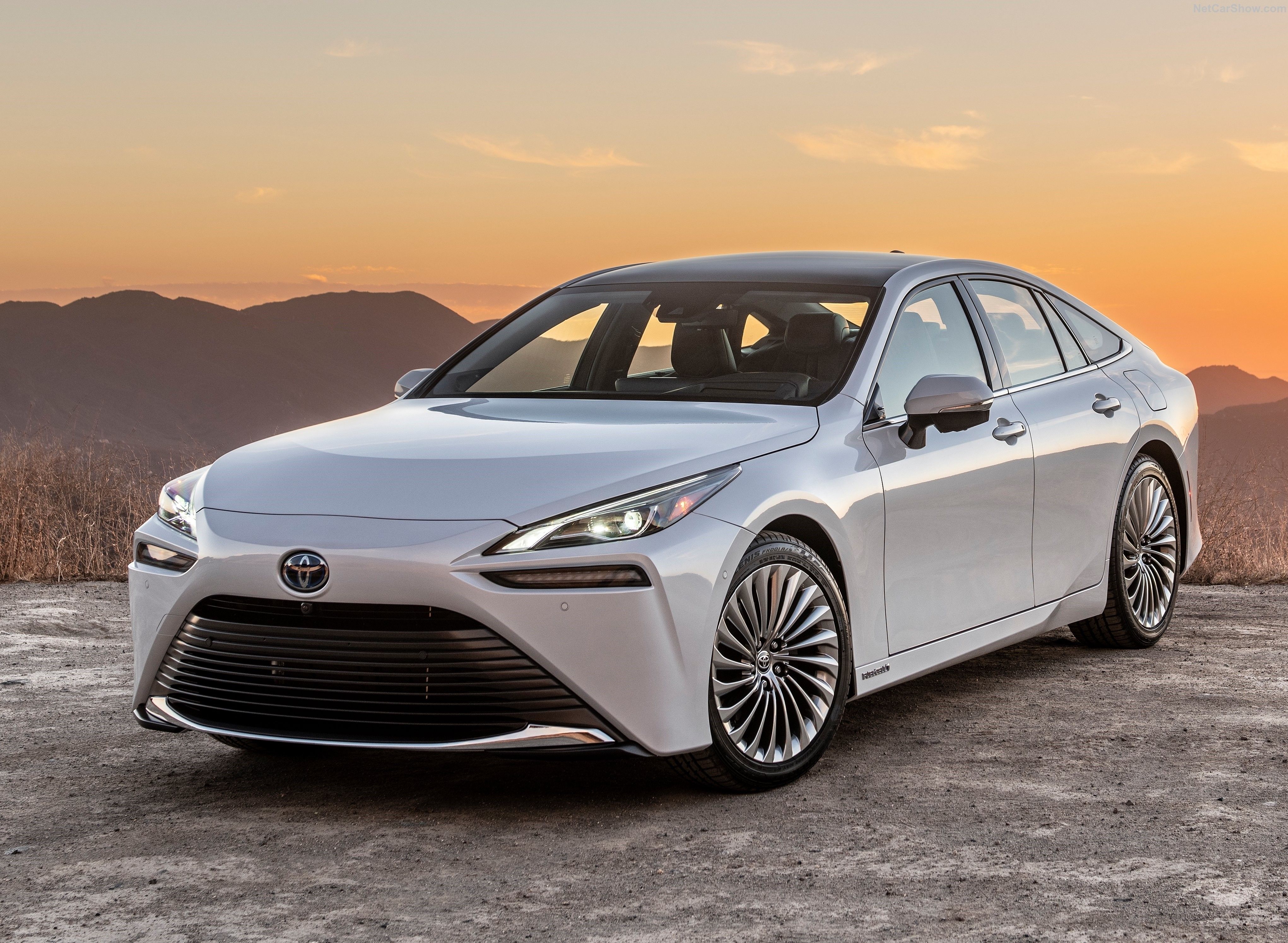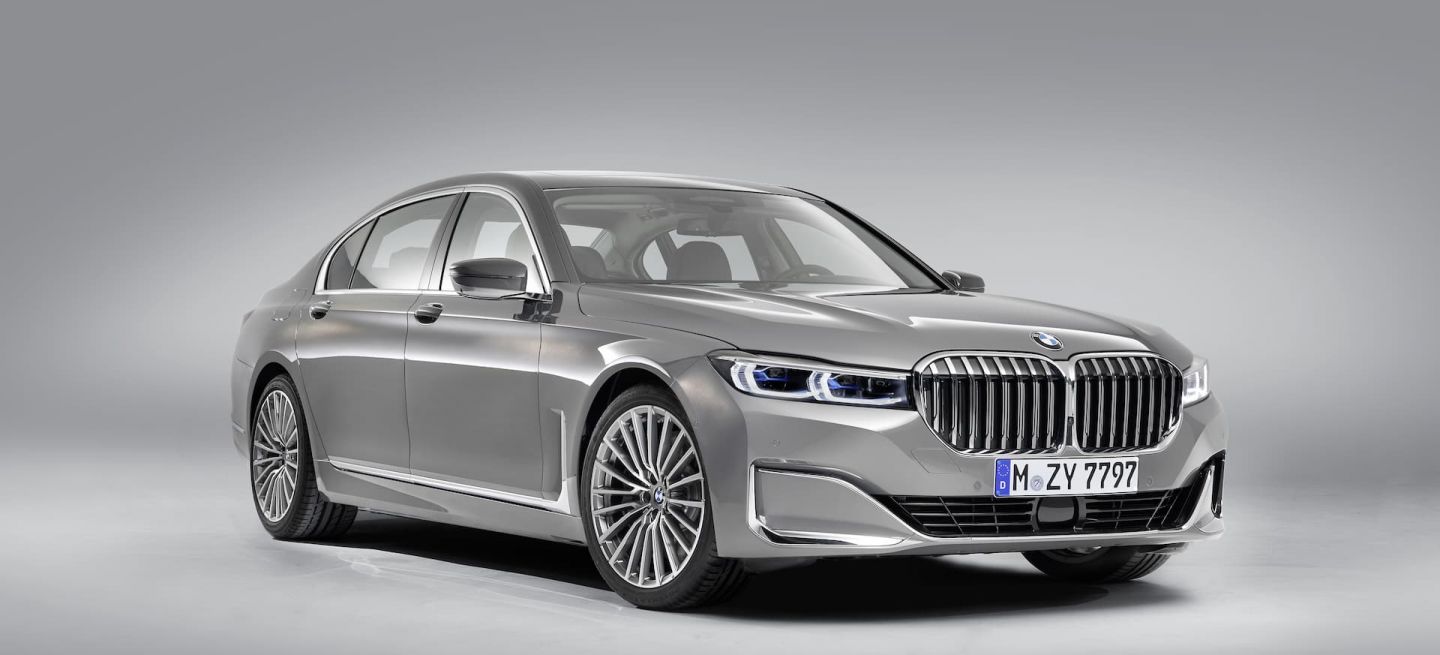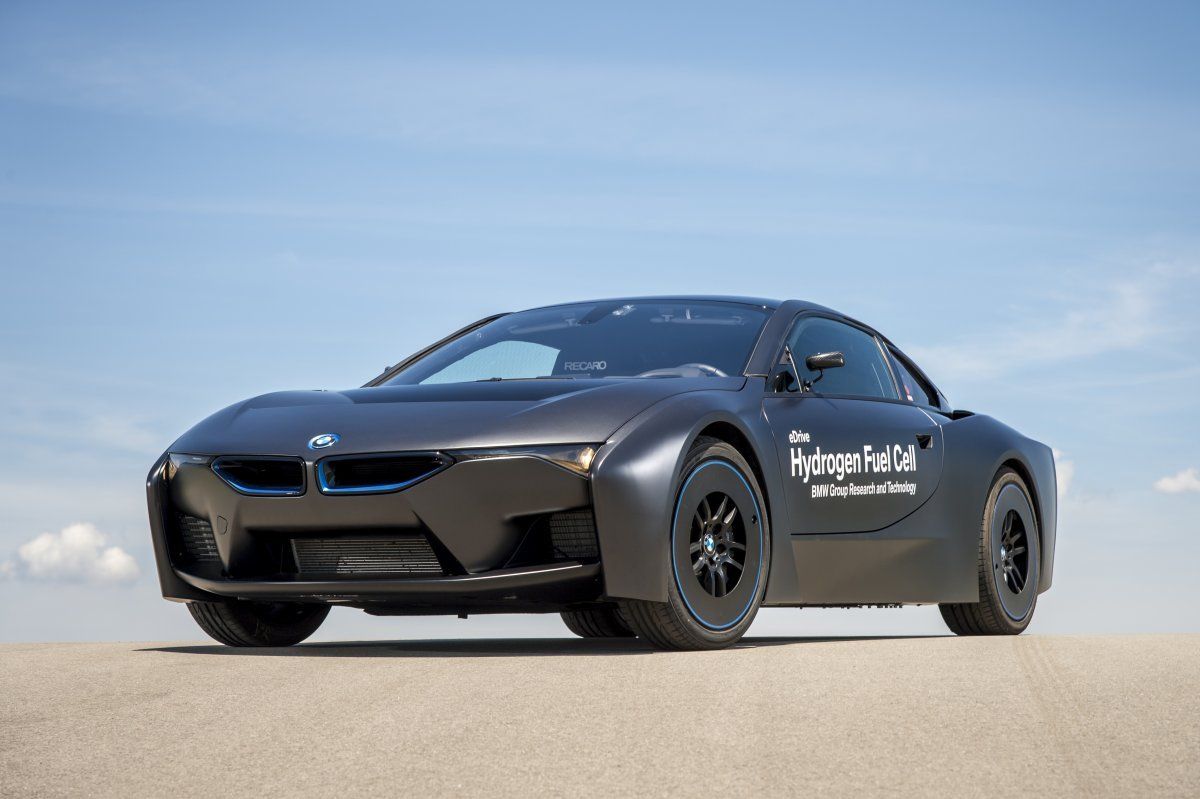EVs this, EVs that; for a car lover and gearhead, it's exciting and tiresome in equal measure.
As inevitable as the death of the internal combustion engine is – for a smorgasbord of reasons – we still can’t quite let go completely of the old technology, if not in our minds, then in our hearts.
Electric vehicles are superior in many ways and are required if we are to meet sustainability and climate goals.
They aren’t however perfect and there have been attempts at not just refining the tech but also using radically different methods of achieving the same end results.
We are talking about hydrogen in this case, it's abundant and is part of our bodies, it's hard to obtain in a vial, but once it is contained in a usable state it can offer efficient clean energy with no need for batteries - with water coming forth from the exhaust in place of Earth-destroying gases.
Coming up, we’ll have a scan over hydrogen’s history in automobiles and see if the science checks out.
There's Antimony, Arsenic, Aluminum, Selenium
Finding sustainable and non-polluting fuels is challenging, not least because these terms can be rather loosely applied at the best of times.
Batteries EVs for example do not emit Co2 from the car itself but much carbon dioxide and other emissions are generated and released indirectly in the making of the batteries and the rest of the car.
Also, until the renewable energy revolution happens, electricity to charge the batteries will continue to come from fossil fuels (luckily, a percentage may still come from renewable sources).
Hydrogen is abundant, free to take, and no harmful gases will be released from the cars it powers, but the same story: it currently needs a lot of energy to isolate and store in its useful form and this process is also done using fossil-fueled energy.
And Hydrogen And Oxygen And Nitrogen And Rhenium
Hydrogen’s ace up its sleeve is that apart from zero direct carbon emissions like a normal EV, for example, your Tesla Model X or Tesla Model Y; it can be filled up quickly. Much more quickly than charging a battery, even on Tesla’s Supercharger network.
Since early on, hydrogen has been present in fuel cells, along with oxygen which is necessary (and also abundant) the different components react inside the cell to ultimately produce electricity. In the early 20th century, we had hydrogen/oxygen fuel cells courtesy of people like Francis Bacon and we’ve got pretty good at making them efficient.
The latest Toyota Mirai is a great vehicle that uses fuel cells as motive power. It’s not the first though, following as it does the 2008 Honda Clarity. This vehicle could do around 250 miles on a (small) tank of hydrogen and had a relatively torquey motor. More than 130hp was combined with 190lbs-ft of torque.
By 2015 the Mirai exploded onto the hydrogen scene with its 150hp-250lb-ft motor. It was heavy though and despite a large tank it would go up to 300 miles, which still wasn’t bad for the time compared to vanilla BEVs.
A Flammable Solution
These cars are filled with hydrogen in minutes at a special station or pump in a normal station, the thing is, that there are still many fewer places to do this than charging an EV or filling a tank with normal gas.
You also need to transport the gas and keep it at a low temperature and under pressure. It is potentially dangerous because of the pressures involved and the flammability - just like petrol.
There’s still the remaining trump card of hydrogen: its ability to be burnt in a normal engine. Fuel cell cars like the Mirai drive like a Nissan Leaf when out on the road, but despite the fuel’s shortcomings and the many logistical and economical challenges, it might help keep our existing ICE cars running.
If it can become lucrative and sustainable it could even lead to a rival to EVs leading to less reliance on standard electricity drawn from the grid to charge batteries and less of a need for as many materials to make batteries (it's likely that they would still need some form of battery as they would probably end up being hybrids to recoup braking energy).
It is worth mentioning quickly that if burned in a normal engine they don’t release any carbon – but they do release nitrous oxide along with the water. We might need to find a way to filter or neutralize that along the way to really make them 100% emission-free at the exhaust pipe.
Hydrogen Internal Combustion Engine Vehicle
Normal engines can run on it, without electrochemical reaction this time but instead with combustion, although probably your Mustang won’t accept it without special conversion.
Highlights include the BMW Hydrogen 7, a working proof of concept, from 2005 which used a 250hp/300lb-ft BMW engine from the BMW 760 model.
Also from BMW, the H2R, a race-car-inspired concept uses the same base engine to make more than 230hp and reach almost 190mph, thanks to its low drag coefficient and carbon-fiber shell making it tip the scales at under 3500lbs, a lot lighter than the 5000lb Hydrogen 7-series.
Wankel engines have been adapted too, like the rotary one in the Mazda RX-8.
There are problems to overcome. Efficiency is still way down on gasoline engines and the costs involved still far outweigh any sustainability benefits.
To be preserved in liquid form, hydrogen must be sustained at around -250 degrees centigrade. Over time in a fuel tank, even if it’s insulated it leaks and will eventually evaporate into the air, lost to the atmosphere.
Many hurdles remain, then – fuel cells, if they ever catch on like in the Mirai, will be far ahead of the internal combustion variants like the Hydrogen 7.
It remains an interesting technology and a small, tiny glimmer of hope in an EV world where cars don’t have manual transmissions and provide linear acceleration with no combustion noise.
Maybe if someone can find a way to synthesize hydrogen and find a cheap and easy way to store it we could keep running our old Mustangs for many, many years to come.




